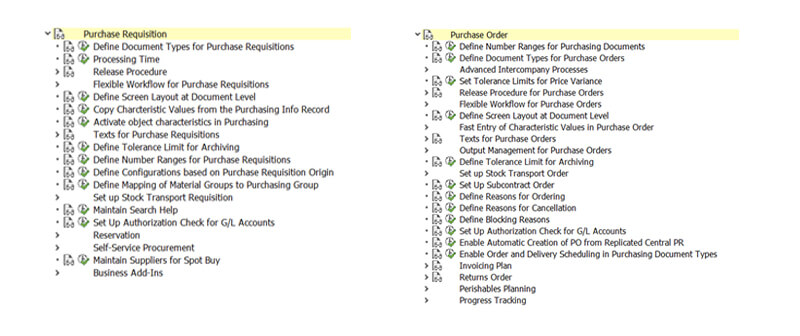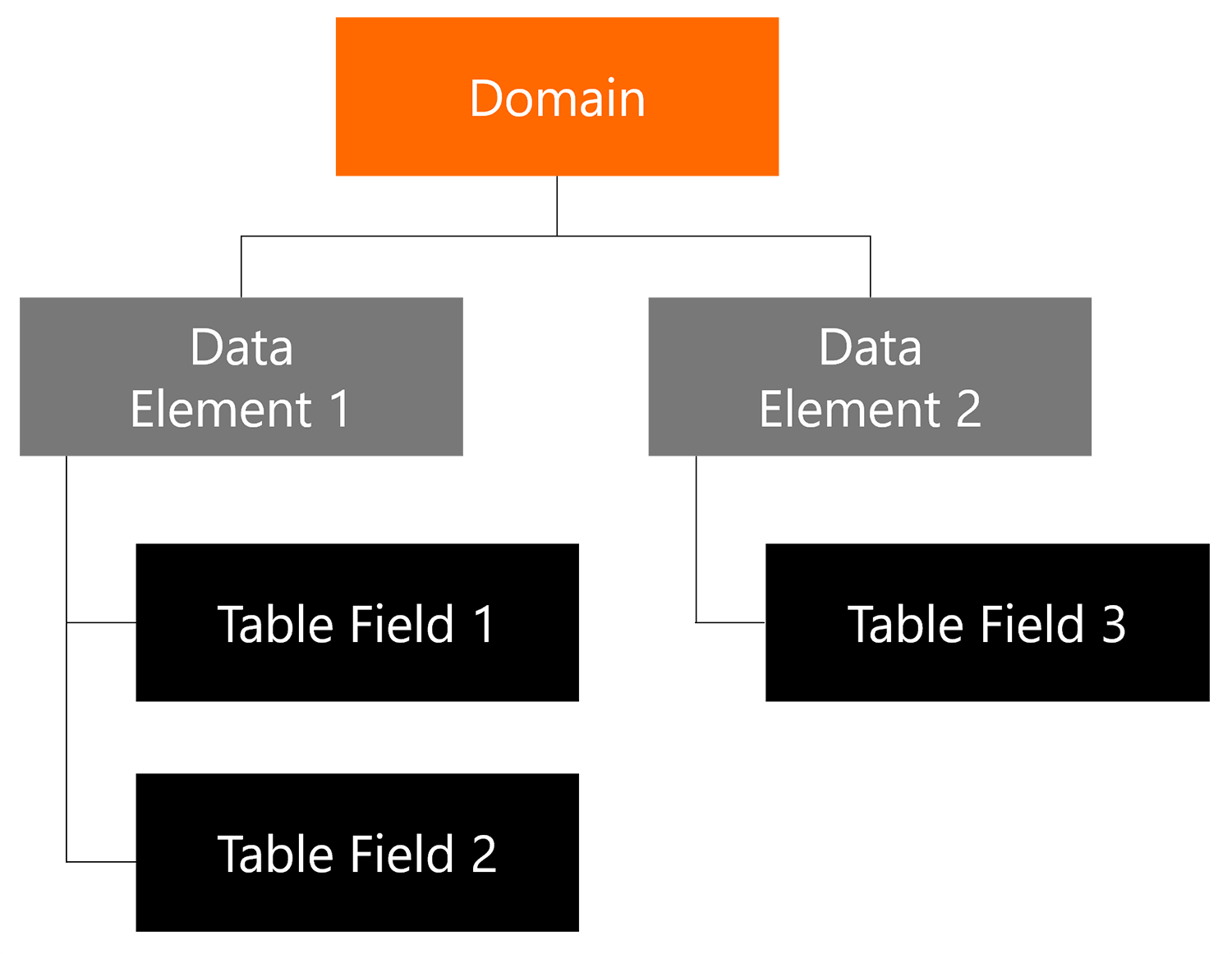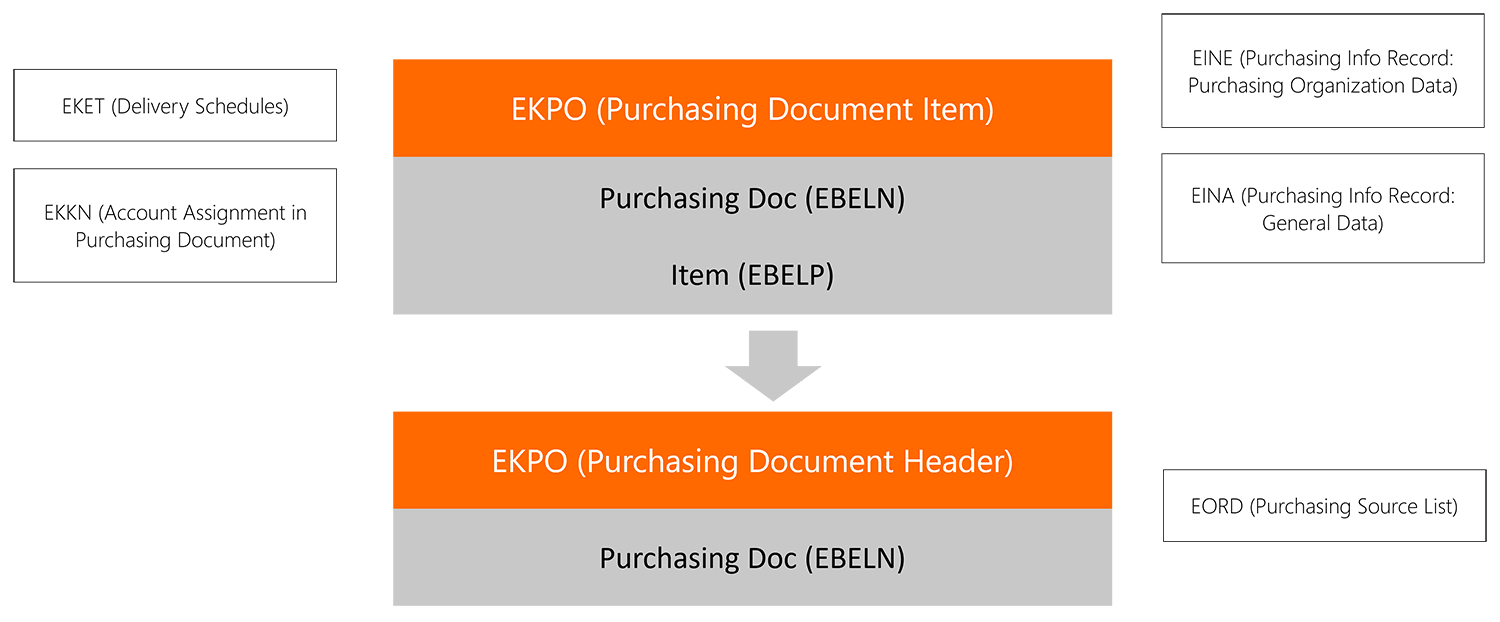Using the full functionality of the CrystalBridge Transformation Cockpit, we are able to interfere with specific data and implement field value changes in the table using a properly designed mapping table.
The most common field mappings in projects completed to date are:
- document type change (Document Type, field BSART),
- international trade rules (Incoterm, field INCO1 & INCO2),
- supplier accounts (Supplier, field LINFR),
- procedures (Procedure, field KALSM),
- purchasing groups (Purchasing Group, field EKGRP),
- document release indicator (Release Indicator, field FRGKE).
All these mappings (changes) of field contents are possible by adapting the mapping table to the import rule, where we define the mapping rule using the ABAP code, i.e. what is to be changed, when and in what cases. The interface accesses the input value and generates an output value based on the rule. After starting the import, we can observe the final effect in the target system, i.e. changed values for all fields from the relevant domain, e.g. for several hundred thousand sales documents.
It is also a very common operation to renumber documents according to the customer’s request. To do this, we use the “number_get_next" function contained in the preparation object (Forerunner), which creates a mapping containing old numbers (from the source system) and new numbers, sequentially from a predetermined number range. The new numbers are entered in the corresponding fields at the stage of importing the tables in the target system. This procedure allows for organizing the numbering in the new system while transferring only the documents most necessary for the business, excluding those that clutter the archives.






